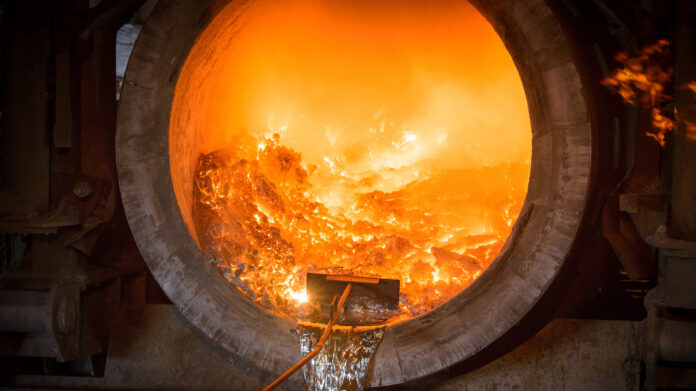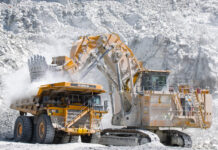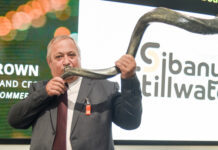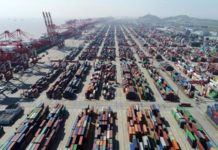
GLENCORE is expected to report its best ever trading profits following six months in which commodity prices surged but were also volatile.
The company in June forecast its trading division’s half-year adjusted operating profit would exceed $3.2bn, the top end of its long-term annual outlook range
Big daily price swings have also become a liability, with exchanges and brokers demanding more and more cash to place and maintain trades, the newswire said. Some smaller players have cut exposure to prevent a sudden liquidity crunch, but Glencore with its vast balance sheet and credit lines has instead seen working capital jump, the newswire said.
“Our net working capital has significantly increased during the period, in line with materially higher oil, gas and coal prices, and their elevated market volatilities,” said Glencore CEO Gary Nagle in the firm’s half year production report today.
“These factors result in a timing mismatch between the net positive fair value of physical forward contracts (which are not margined) and related derivative hedging requirements (which are margined),” said Nagle. “The various commodity exchanges have also significantly increased their initial margining requirements.”
Reuters cited RBC Capital Markets analyst Tyler Broda as saying of the production report that: “The underlying result will be very strong and when markets return to lower volatility this working capital will be released making it a temporary impact”.
Glencore will produce slightly less copper this year, lowering its goal by 50,000 tons. Geotechnical problems at the Katanga open-pit mine led the London-listed miner to guide towards output of 1.06 million tons (Mt) for the year, down from 1.11Mt previously.
It’s also still assessing the impact of floods on its Australian coal business, and said the negative effect hasn’t yet been included in its current guidance. Coal production rose 14% to 55.4Mt in the first half on higher output from its Cerrejón mine in Colombia.
However, South African thermal coal output fell 23% to 8.3Mt – a sure sign that freight difficulties experienced by Transnet Freight Rail continued during the six month period, according to a BusinessLive report.
Flooding and reduced domestic demand added to pressure on the country’s logistics network, with TFR battling with issues of maintenance, cable theft and locomotive availability, BusinessLive said.
Unlike its mining rivals, which bowed to investor pressure to exit fossil fuels, Glencore mines thermal coal, whose prices have reached record highs, reflecting shortages during protracted COVID-related lockdowns and the war in Ukraine, and trades millions of barrels of crude oil a year.
Glencore rival Anglo American said earlier this week that metal and mineral markets were proving hard to read as a result of volatility.
“It is very volatile times out there and quite difficult to predict in the short run which way this is going to go,” said Wanblad in a call to media.
“Fundamentally China is an important market to all of us. I think China is well poised to stimulate at some point in time. Whether that’s in six months or six months after that it is very likely to happen,” he said.











